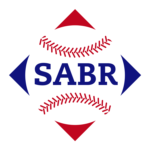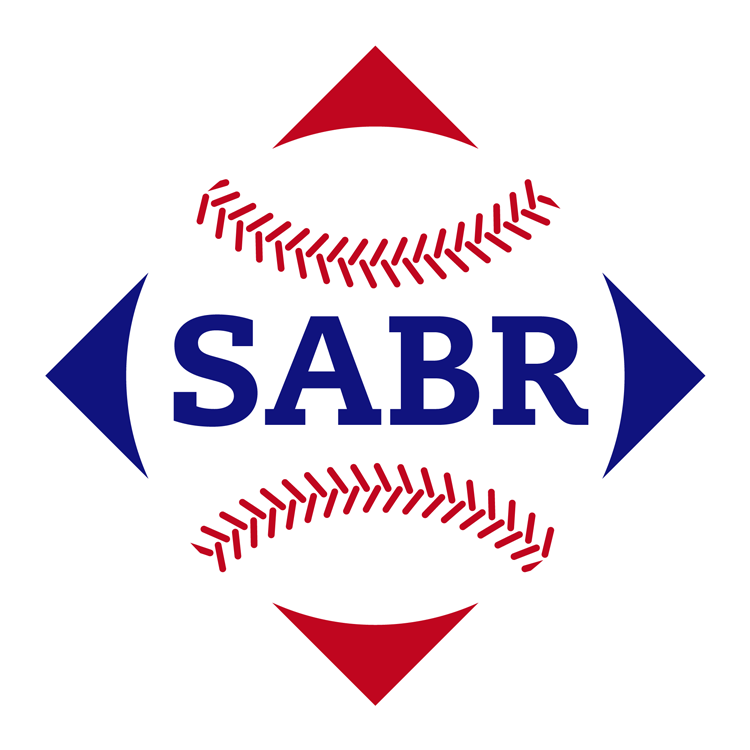Sports Illustrated published a baseball game in 1971 that was designed by David Neft, leader of the team who created the first Macmillan’s Baseball Encyclopedia in 1969. The game was made with quality pieces and each team had 25 players on a team sheet. The 1971 season teams were rated for players batting and pitching against left handed and right handed batters and pitchers. This was ground-breaking at the time. The game had three dice that were special dice, a black die that read 1, 2 and 3, a white die that read zero, 1, 2, 3 and 4 and another white die that read zero, 1, 2, 3, 4 and 5. The game rolled first on the pitchers ratings, some would then refer to the batting ratings. A pitcher such as Vida Blue would have some strikeouts on his card and that would be it for the batter. Sports Illustrated rebranded the game as Pennant Race in 1973. Player cards now based on the 1972 season but most teams had only 10 or 12 players. This game lasted for only one year before Sports Illustrated sold to Avalon Hill Games and Superstar Baseball came out. I never played this, but this game features many great players from the Baseball Hall of Fame. Since Sports Illustrated was so popular, sales were strong for the first year before tapering off. By having lefty and right ratings, it spurred Hal Richman at Strat-O-Matic to come out with the advanced game that featured lefty and righty card splits. One can still purchase Superstar Baseball on Ebay and other sources.
I am 60 years of age, I am a long time fan of Strat-O-Matic, Bill James, the Red Sox, SABR member since 1982. I enjoy the baseball writing of Roger Angell, Thomas Boswell and Rob Neyer.
- Tom Nahigianhttps://sabrbaseballgaming.com/author/tnahigian/
- Tom Nahigianhttps://sabrbaseballgaming.com/author/tnahigian/


Superstar Baseball is an indirect spinoff of David Neft’s original Sports Illustrated Baseball(tm) Both games involve the same dice and play mechanics that Tom describes. The differences lie the formula used to make the player charts, and in the fact that owners of the Superstar Baseball boardgame must first conduct a sandlot-style choosing up of sides before play can commence for the simulated baseball games.
In between SI Baseball and Sports Illustrated Baseball came Sports Illustrated All-time All-star Baseball.(tm) Neft created 400 player charts and assigned them to the 16 franchises which date back to or before the founding of the American League. The charts were based on five consecutive seasons with that franchise and thus there are a few cases such as Joe Cronin, Frankie Frisch, and Carl Mays for whom the ATAS chart badly understates the player’s historical peak skills. Cronin is only a Red Sox, not a Twins-Senator. Frisch is all Cardinal rather than part-Giant, Carl Mays’ great seasons with theYankees are disregarded.
Superstar Baseball retained 96 player-charts for the most famous players and discarded the historical franchises along with the other 294 charts. Some editions included a Tom Seaver chart as one of the National League pitchers. The task of forming functional teams is complicated by that fact that many quality table-setters who were essential to offensive sucess agaInst ATAS pitchers were discarded. Foremost of these were Max Bishop and Roy Thomas, but players such as Eddie Yost, Burt Shotton and Donnie Bush are likewise missed.
What these men had in common was that the drew BB at exceptional rates and this was such an essential part of their teams offenses that the game desighner relented on his policy of attributing all walks to opposing pitchers. This is the great design flaw of SI Baseball; and it was passed down to ATAS and Superstar Baseball. Sluggers such as Ted Williams and Ralph Kiner draw walks in SI baseball and its variations at the same rate as Ted Kluzewski and Nate Colbert. This policy was applies to any high average hitter who drove in runs. Ty Cobb’s chart gets no batter BBs results, nor do Paul Waner, Jackie Robinson and Arky Vaughn.
Although the players’ historical sklills are misrepresnted, actual play of the game procedes like real baseball, only more quickly, because every plate appearence can be resolved in four die rolls or less, with a single dice roll resolving around 25% of all plate appearences and two rolls resolving more than 80% of the others. The remaining PA require input from the offensive and defensive managers. Meanwhile, the managers have the option to pinch hit, bunt, steal bases and make defensive substitutions before the dice are rolled to begin the time at bat. Power and speed and ability to reach base interact precisely as they do in real baseball. And strategic calculations have to be made for any baserunning gamble and response that mirror those of real decision makers.
The only real difference is that Neft’s pitcher’s chart creation-formula was/is somewhat too generous for the defending side. Even the worst pitchers chart retained for Avlon HIll’s Superstar Baseball reduces opposing batting and slugging averages by 14.72%. A .320 hitter with a .500 SA is reduced to .228 & .357 against Sandy Koufax. This means a mileau in which every every base matters. Bunts and Stolen Bases and fielding ratings have outsized importance and understaning the percentages is critical to long-term success.